The Racing Pigeon Loft Part 1
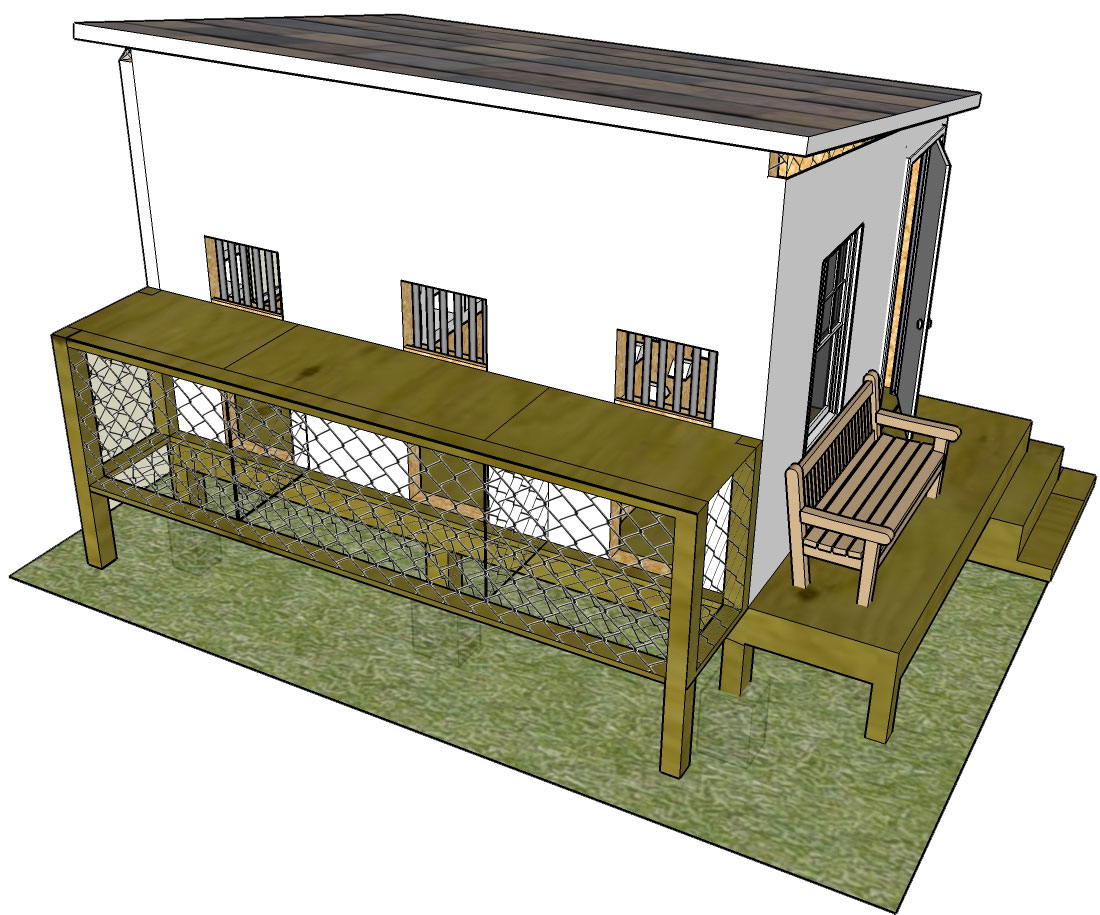 Irrespective of its geography, shape, size or structure, the loft must provide the pigeons with:
Irrespective of its geography, shape, size or structure, the loft must provide the pigeons with:
- Sunlight during the day.
- A secure place to rest at night.
Sunlight and the elevated flight
Sunlight is a basic requirement for all birds and it is easy to see the positive effect that the sun has on the health and well being of our pigeons. On sunny days the birds look so much brighter and more alert than on overcast or wet days when the birds look depressed and disinterested.
It is known that direct sunlight provides birds with the vitamin D, that is so necessary for bone, feather and reproductive health, but it must have other positive effects on the metabolism and immune system, because the birds look so strong when they have access to direct sunlight. For this reason, it is recommended that every bird in the loft has access to direct sunlight. This is best achieved by an elevated flight.
The elevated flight is ideal for baths, protecting the loft from wetness and the race birds from potentially harmful ground germs associated with free lofting. The elevated flight is usually opened directly to the breeding loft, whereas the flight of the race loft must be closed off at night from the rest of the loft during the race season. The flight quickly becomes a favourite rest and recreation area for both the breeding and race birds, playing an important part in strengthening the loft bonding process of pigeons.
Security and rest at night
The special attention that is given to providing the pigeons with a loft that promotes complete rest at night will reward the fancier with a healthier flock and more consistent race results. Both the breeding and race lofts must protect the birds from moisture, temperature extremes, too little or too much air movement, predators, noise, fumes, light and other disturbances, so that the birds can rest, especially at night. Proper rest is a major pre-requisite for continuing pigeon health and race performance.
The breeding loft
The design requirements of the breeding loft are simple compared to the race loft. The best breeding loft is very open, because breeding takes place during the warmer months. At night the birds usually rest comfortably in their nest boxes and during the day a large open flight provides the adults and babies in the nest with the health benefits of direct sunlight. The open breeding loft improves the circulation of fresh air and promotes a drier loft, which in turn improves the breeding performance. Breeding is far less stressful to the pigeon than racing and maintaining their health is so much easier, because the birds are not exposed to the outside diseases and hardships of the race basket.
The race loft
The race birds are exposed to many more stresses than the breeders and require much more rest to remain healthy. Consequently, the requirements for a successful race loft are more exacting and complicated than for the breeding loft and must provide the race team with the necessary rest to recover from their strenuous physical exertions. The darkness of night provides the pigeon with the time to rest and the conditions in the loft at night are of the utmost importance if the pigeon is to fully recover from the exertions of the previous day.
The conditions inside the race loft which promote restful sleep at night are:
No rapid fluctuations of humidity and temperature.
Good ventilation (i.e. the air circulation is good, the air is fresh, not heavy or stuffy, no drafts and no dust).
The pigeons numbers are controlled i.e. no overcrowding.
There is no wetness in the loft.
The loft is clean.
Temperature and humidity control
To protect the fit racing pigeon from losing form, the temperature in the loft must be above 10 and below 30 degrees Celsius, and the humidity kept below 65%. These are the conditions that favour continuing health and known as the thermo-neutral zone for the pigeon.
In most lofts, it is the humidity, more than the temperature, which determines whether the birds rest or not at night. Humidity measures the amount of moisture in the air, irrespective of the air temperature, but it is the high humidity (greater than 65%) associated with a temperatures below 15 degrees Celsius that most affects the pigeons ability to rest. The pigeon loses form and becomes susceptible to illness when it does not to get adequate rest.
The droppings in the loft are the best indication of the humidity levels. In the healthy loft, a low humidity (less than 55%) gives a consistently nutty brown dropping, whereas a higher humidity (greater than 65%) will produce green watery droppings. At night-time, when the pigeons need to rest, there is always a rise in the humidity, because as the temperature drops the humidity rises. This explains the droppings turning wet and green the morning after a cold humid night, but which then turn nutty brown by the afternoon as the day warms up and the humidity drops. No two lofts, even if they are identical, will have the same humidity levels, because the humidity inside the loft relates directly to the humidity outside the loft. The controlling factor of humidity is the location (or geography) of the loft. Often fanciers will re-create their previously successful loft design when they move from one house to another but find that they are no longer successful flyers. The only difference is the location of the loft.
High humidity risk lofts:
- Lofts near water (ocean, lakes, rivers, waterways, drainage channels, swim pools).
- Lofts adjacent to large open low lying areas (grassy areas, foggy areas).
- Lofts without sunshine to dry the ground (under trees, in valleys, on the wrong side of the hill and no sun until late in the afternoon).
- Lofts in high rainfall areas.
These lofts require a loft design that stops the outside humidity (moisture) entering the loft.
Insulation is the first step to controlling fluctuating temperatures and high humidity inside the loft. It is the moisture drops of condensation appearing on the inside of uninsulated walls and ceilings that increase the humidity inside the loft to the very high levels that predispose the race birds to restlessness and respiratory illnesses. The insulation of the walls and ceiling will stop this condensation and allow you to control respiratory diseases with the minimal use of medicines.
In high humidity areas, shutting the loft up at night or when it is raining is a good method of controlling the humidity inside the loft (louvres are commonly used), but the air circulation and the air quality inside the loft must not be compromised. Too often the loft is completely shut up with no thought about air circulation. The resulting stale loft makes the race birds lethargic due to lack of oxygen.
Heaters at night are beneficial for the race team. The healthy team remains in top form when the loft is closed at night by keeping it warm and dry. However, it is better to have a very open loft in flocks recovering from respiratory disease to prevent the “respiratory” germs accumulating inside the loft from re-infecting the race birds.
Oil based bar heaters are safe and effective to use when the temperature drops below 12 degrees Celsius and are used to prevent a loss of form by keeping the air and dry. Dehumidifying machines are also available, but the noise may prevent the birds from full rest.
Hygrometers can be installed to monitor the humidity within the loft, but often the salts in the grit or mineral powder are equally effective in monitoring humidity above 65%. These salts attract moisture. For example, F-vite darkens and becomes granular when the humidity is too high and grits become dark and wet with moisture.
The Racing Pigeon Loft Part 1 by Dr. Rob Marshall
The Leading Online Pigeon Racing and Racing Pigeons Magazine – The Pigeon Insider


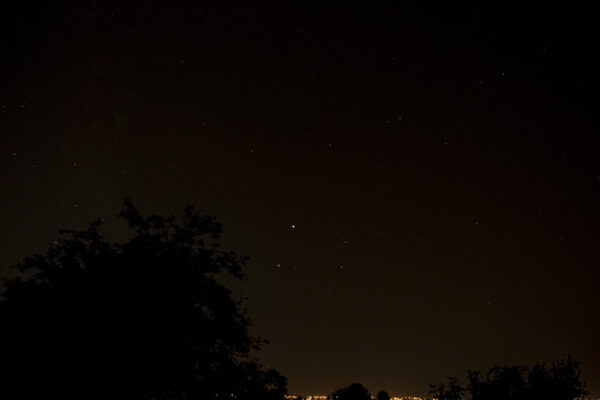
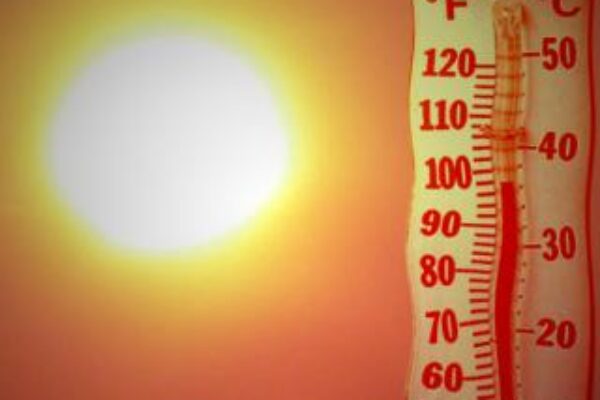
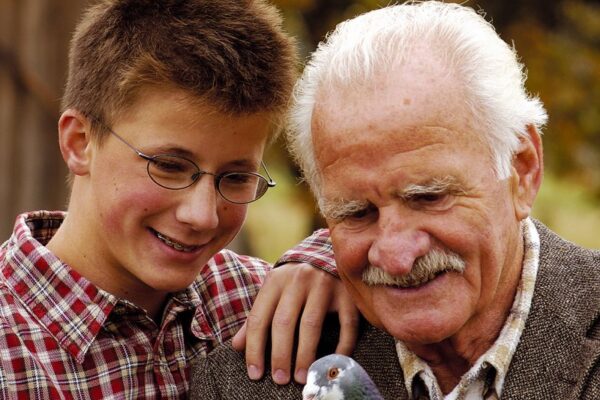
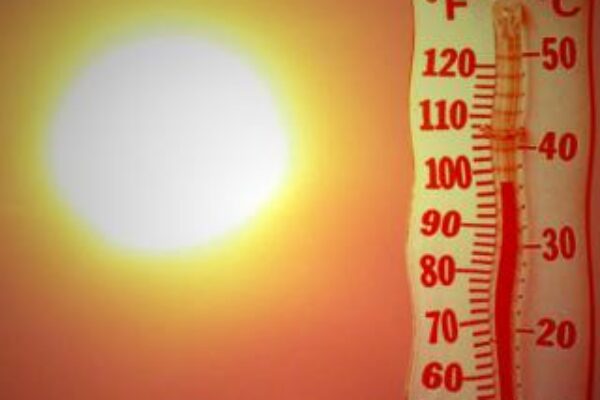
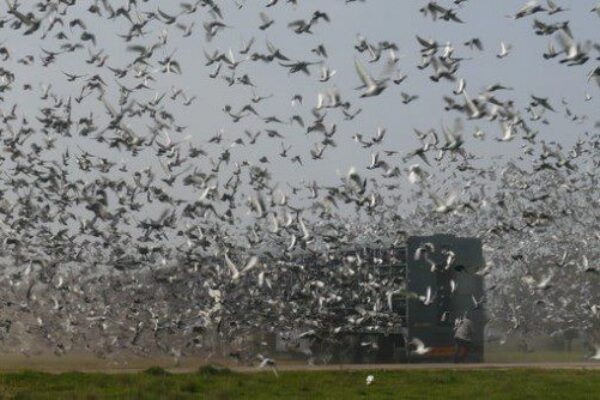



Thank you for the information i learned from your article it really helps us beginners. Looking forward for more educating facts regarding pigeon raising.
very useful for everyone that read this article.You support the lovely sport or hobby. Willie
This was a great article. I had no idea that humidity played such a role in the loft. I will recommend this article to my flying buddies! This is a great site!
i first started with roller pigeons when i was twelve years old.started with racing pigeons at sixteen.still racing now at fifty six and still find that there is allways something new to learn in pigeon racing.
very good article on loft design.
good job
Beautiful Information …. Looking forward to the next steps to help , as I also am Building a new Loft and will keep this stuff in mind when doing so , Thanks
very good info, logical and scientific. this coming north race is my first time to join. October is the proper race. Training was started already, but i did not join because birds are crowded on the first four days of training.
VERY INTERESTING I USED CORN COB GROUND IN 1/4 INCH KERNALS ON THE FLOOR 4 INCHES DEEP
RAY
ithink this loft very expensive but its good in racing pigeon for motivating them to always come back home in any distance races and soon i will try it to make that to my racing pigeon